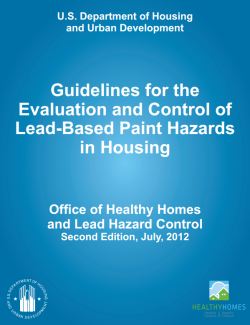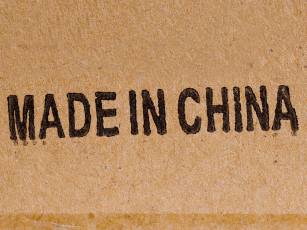HUD releases 2012 Guidelines for Evaluation and Control of Lead Paint in Housing
The Guidelines for the Evaluation and Control of Lead-Based Paint Hazards in Housing support HUD’s vision to reduce hazards in housing in a cost-effective manner while protecting the health of children. TheGuidelines apply to lead hazard evaluation and control in all federally associated housing. This second edition of the Guidelines replaces the 1995 edition, with its lead-based paint inspection chapter revised in 1997.
These Guidelines can be used by those who are required to identify and control lead paint hazards, as well as property owners, landlords, and child-care center operators. They offer helpful advice on renovations in older housing, lead-based paint inspections and risk assessments, and where to go for help. The Guidelines also outline what users have to do to meet requirements and recommendations; identify training – and if applicable, certification – required for people who conduct the work; and describe how the work should be done.
The Guidelines complement regulations that have been issued by HUD, the U.S. Environmental Protection Agency (EPA), and the Occupational Safety and Health Administration (OSHA), and policies from the Centers for Disease Control and Prevention (CDC).
While compliance with the Guidelines is not required by law, a Federal, State, or local statute, regulation, legal agreement or other document may require that the Guidelines, or certain parts, be followed.
Source: HUD.gov


